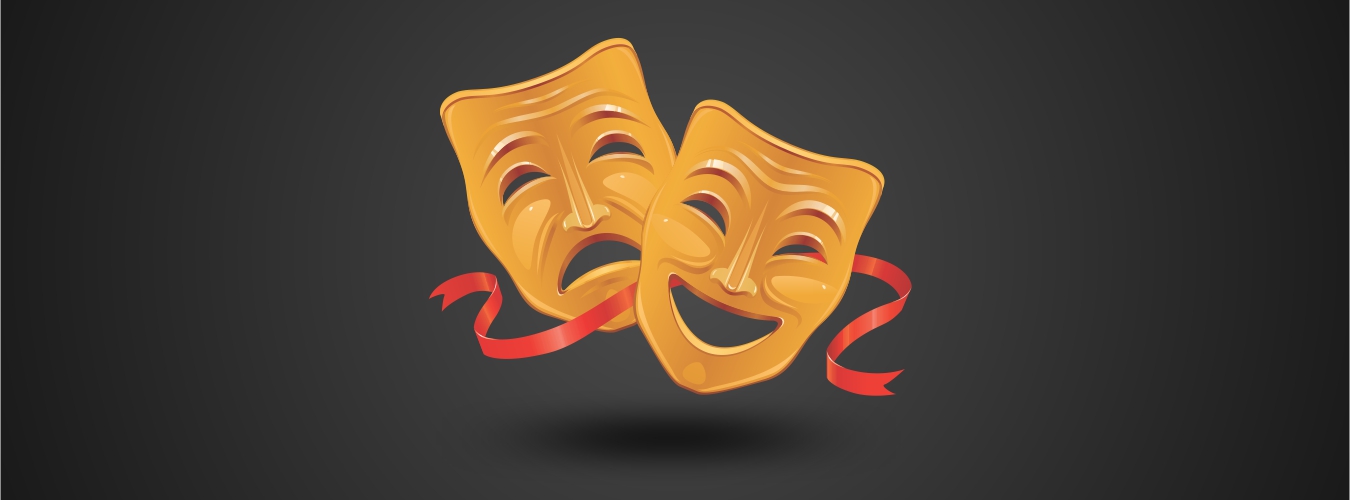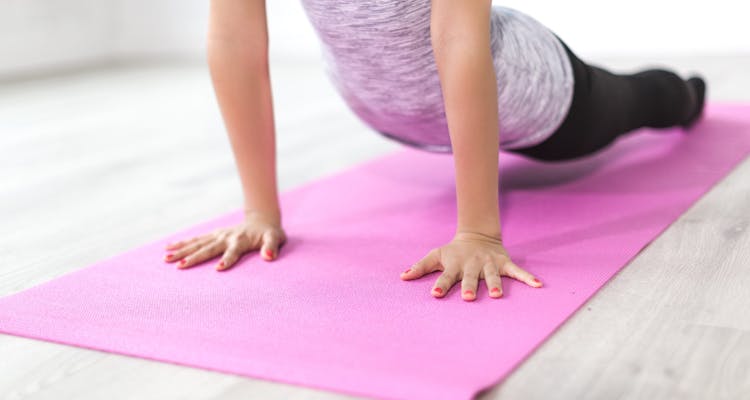Sciatica is a common type of pain that occurs when the sciatic nerve becomes irritated. This condition causes pain on the back of one leg, behind the knee. That’s why many people mistake sciatic pain as a leg problem and not lower back pain.
A recent study published in the Annals of Internal Medicine reveals that it may be beneficial for individuals who experience sciatica to begin physical therapy, according to the University of Utah Health.
While making sciatica pain go away might seem impossible, several chronic back pain treatments like physical therapy offer relief.
According to Julie Fritz, a researcher at the College of Health, physical therapy can help people resume their daily activities and recover quickly. In addition to physical therapy, you might want to try light exercises and stretches.
Read on to understand the different types of exercises and pain management techniques for sciatica pain relief.
Contents
Yoga Stretches
In a 2020 review of studies, researchers at Florida Atlantic University found that yoga was a safe and effective alternative to medications and other treatment options for sciatica pain. Typically, yoga improves mobility, flexibility, and quality of life. Plus, it doesn’t focus on the physical only but also provides mental relief from chronic pain.
There are various yoga stretches for lower back pain, such as the child’s pose, half-moon pose, downward-facing dog, reclined pigeon pose, and the cobra pose. Each yoga stretch has a unique way of soothing frequent back pains.
For example, the child’s pose promotes flexibility and openness in your lower back, hips, and thighs by lengthening and stretching your spine.
On the other hand, the downward-facing dog boosts strength in your body and corrects imbalances. That’s because it brings alignment into your body, relieving pain and tightness.
Self Massage Techniques
Self-massage helps release muscle tension, reduces compression around the sciatic nerve, enhances your body’s alignment, and relieves pain. To enjoy the benefits of self-massage for pain, you need to identify tight spots along the length of the back muscles. Once you have specified the pain points, apply pressure using your knuckles, a foam roller, or a tennis ball for about 30-90 seconds, depending on your comfort level.
Massage therapists also recommend using a massage gun for sciatic pain relief because it alleviates the irritating pain linked to sciatica and improves blood flow in muscle tissues.
Another benefit of a massage gun is that you can use it multiple times, and it’s portable and easy to use. So, make sure to add a percussion massager to your pain management tools.
Pelvic Tilts
In addition to yoga stretches and self-massage, you may also want to try doing pelvic tilts. This exercise strengthens the glutes, lower back, and lower abdominal muscles. However, to achieve the best outcomes, you must learn how to do pelvic tilts correctly.
Start by lying on your back with hands on the side and legs bent. Next, tighten your stomach muscles and press your back against the floor. Then tilt your hips and pelvic slightly and hold the position while you focus on breathing for a few seconds before releasing and relaxing.
Takeaway
Managing sciatic pain can be challenging and sometimes debilitating. And the worst part is that resting doesn’t ease the pain caused by sciatica. Fortunately, there are some exercises and stretches that offer pain relief. This includes the child’s pose, reclined pigeon pose, self-massage exercises, pelvic tilts, kneeling lunges, and standing hamstring stretch.






Comments are off this post!